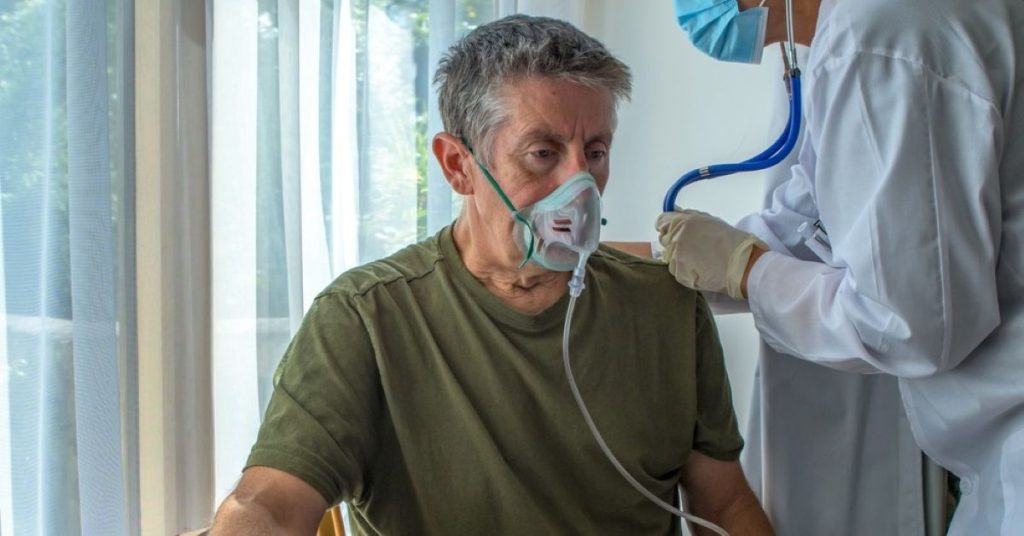An infectious disease specialist has sounded the alarm that Vladimir Putin’s war in Ukraine may already be sowing the seeds for the next global pandemic.
Others are reading now
Dr. Amesh Adalja warned that battlefields act as breeding grounds for dangerous pathogens, with poor sanitation, overcrowding, and collapsing healthcare systems creating the perfect storm for disease to spread.
“The first jumps of a new virus could be happening right now”

Dr. Adalja cautioned that new viruses often spread unnoticed.
“The first jumps of a new virus into humans could be happening right now as we’re speaking,” he said.
Many cases, he added, may go undiagnosed, with individuals dying or recovering before doctors can identify the infection.
This makes early detection nearly impossible until the disease has already spread widely.
Also read
A war zone turned petri dish
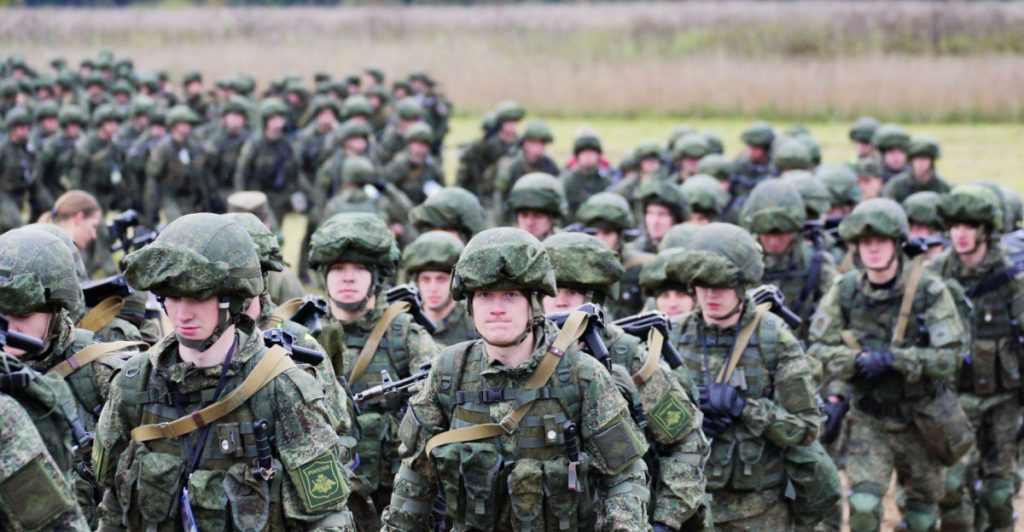
Experts have described the battlefields of Ukraine as a “petri dish” for infection.
With thousands of soldiers living in cramped, unsanitary conditions, viruses and bacteria have ample opportunity to mutate and spread.
From tuberculosis to rodent-borne illnesses, the ongoing war threatens to unleash both known and novel pathogens across Europe and beyond.
The return of old killers
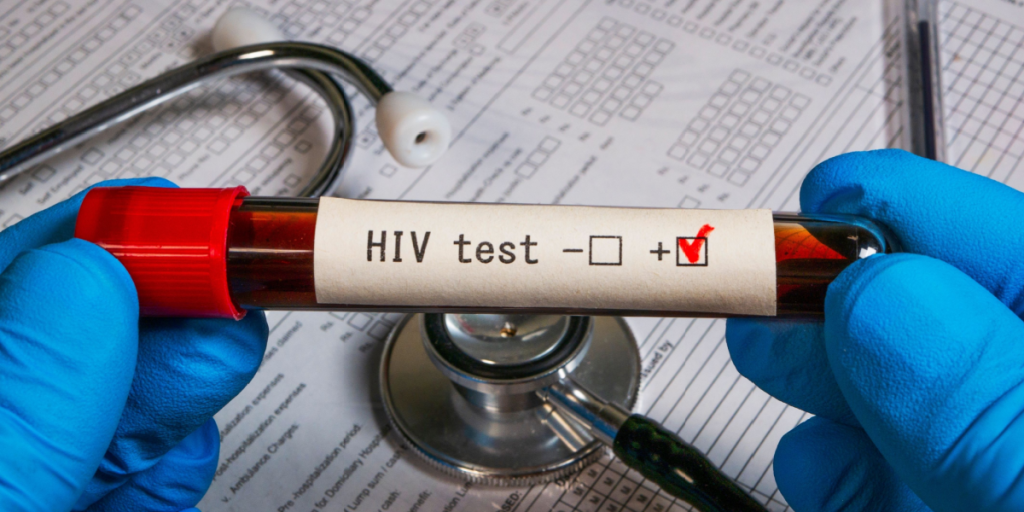
The war has already disrupted control programs for major diseases.
“We’ve seen lapses in control of HIV, lapses in control of tuberculosis,” said Dr. Adalja.
Also read
When clinics are bombed or hospitals shut down, infected people lose access to treatment.
As a result, diseases become more contagious and spread rapidly among displaced populations and soldiers.
Hantavirus on the front line
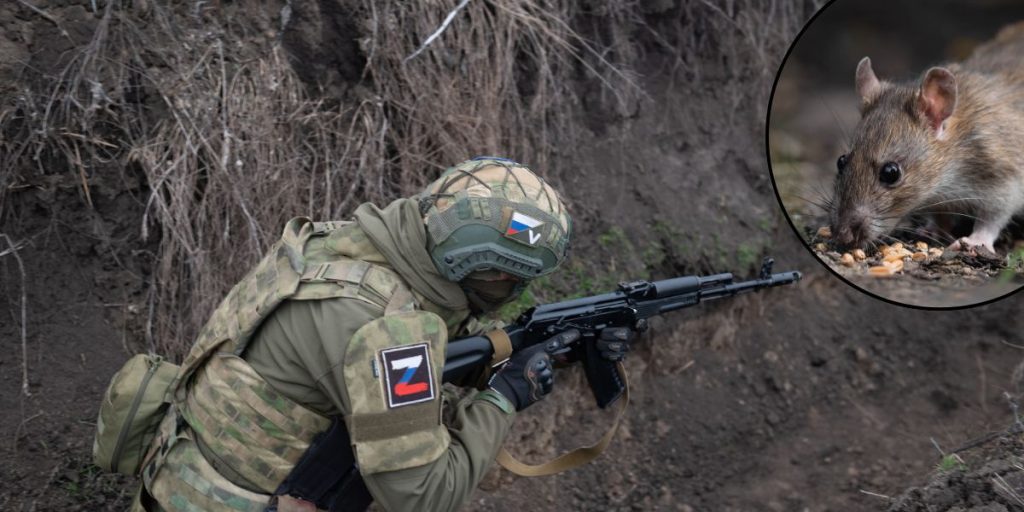
Reports from the front suggest Russian soldiers have contracted hantavirus, a deadly disease spread by exposure to rodent droppings.
The virus can cause bleeding from the eyes and severe kidney failure.
In a conflict zone where medical services are overwhelmed, such infections can quickly spiral into larger outbreaks.
Also read
Hospitals and clinics under attack
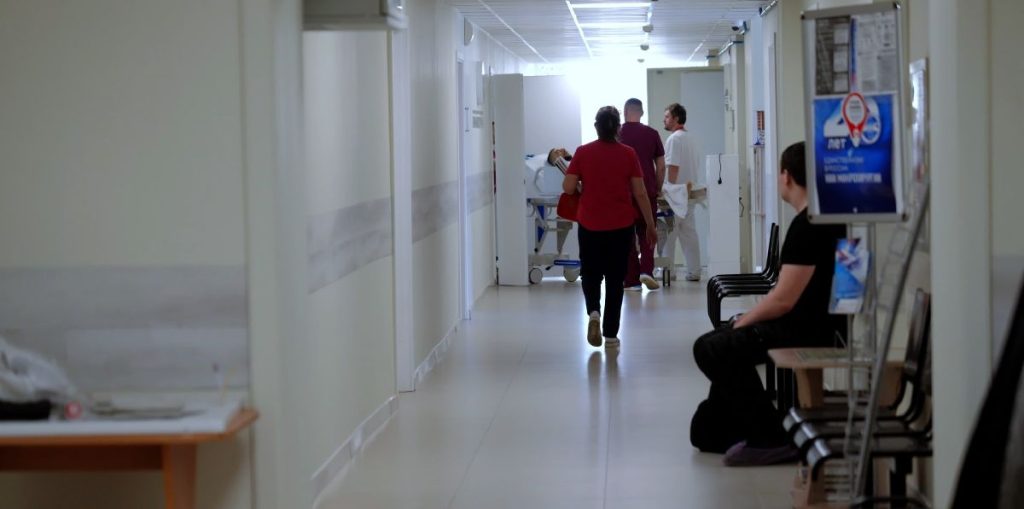
Russian attacks on Ukrainian healthcare infrastructure have left countless patients without medicine or testing.
“When a tuberculosis clinic in Ukraine gets bombed, those people don’t have the ability to get their medications or diagnostic testing,” Dr. Adalja explained.
“Then tuberculosis cases worsen, become more contagious, and spread.”
When public health collapses, pandemics thrive
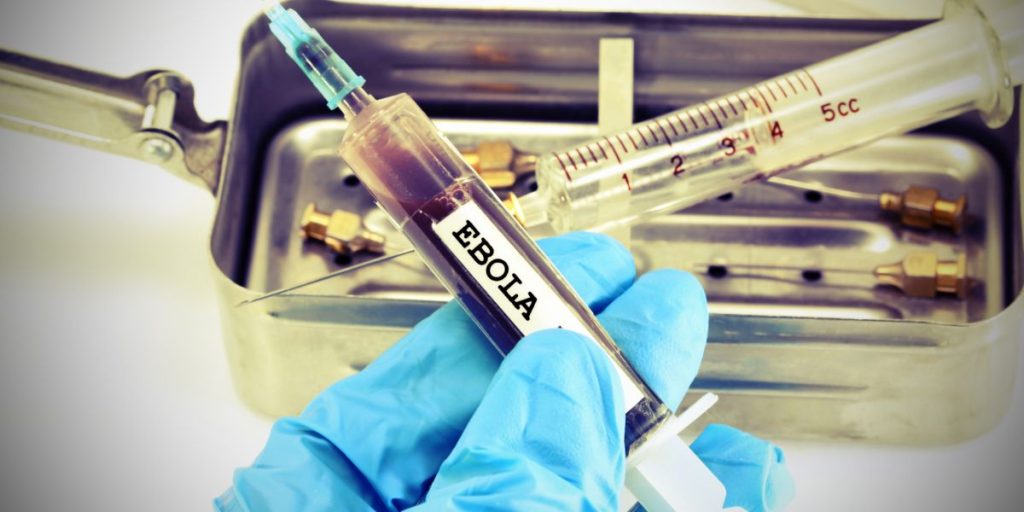
Dr. Adalja pointed to other crises, such as Ebola outbreaks in the Congo and the mass displacement in South Sudan, to illustrate how war and disease go hand in hand.
“Anytime you see disruptions in sanitation, crowding, and lack of nutrition, you’re going to see infectious diseases take hold,” he warned.
Also read
The shadow of “Disease X”

Scientists have labeled the next unknown pathogen capable of sparking a global pandemic as Disease X.
British researchers have already identified four emerging viruses that could pose a serious threat.
“I think of them as barbarians at the gate,” said Dr. Adalja. “Our science and technology keep them out, but war weakens those defenses.”
Lessons from the Spanish Flu

Dr. Adalja invoked the 1918 Spanish Flu, which killed up to 100 million people during World War I.
The virus is believed to have originated in a U.S. military camp before spreading worldwide.
Also read
“Covid is not a major pandemic compared to 1918,” he said. “If something twice as lethal as Covid emerged today, the world would struggle to cope.”
“We’re worse prepared than before Covid”

Despite the lessons of the pandemic, Dr. Adalja warned that global preparedness has declined.
“We couldn’t even handle Covid globally,” he said. “So imagine if you had something with a higher fatality rate, something where the average age of death was 27, like in 1918. Things could get very grim.”

